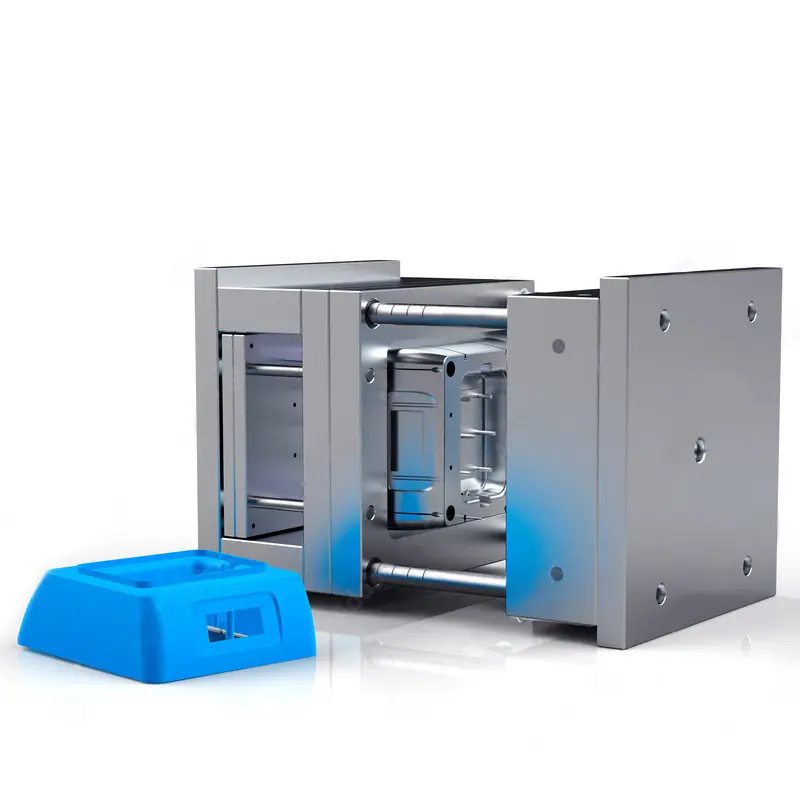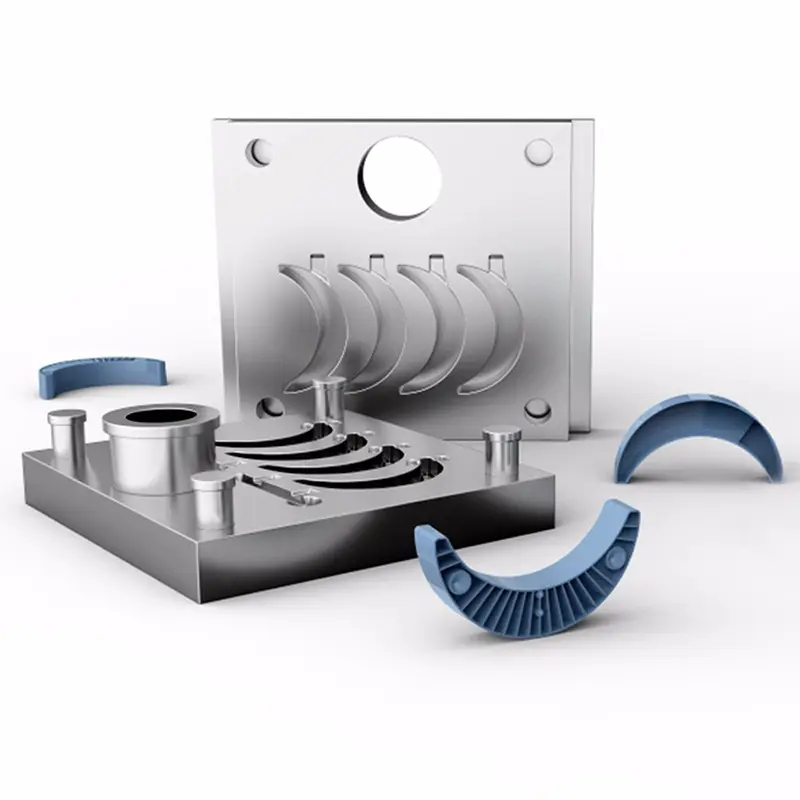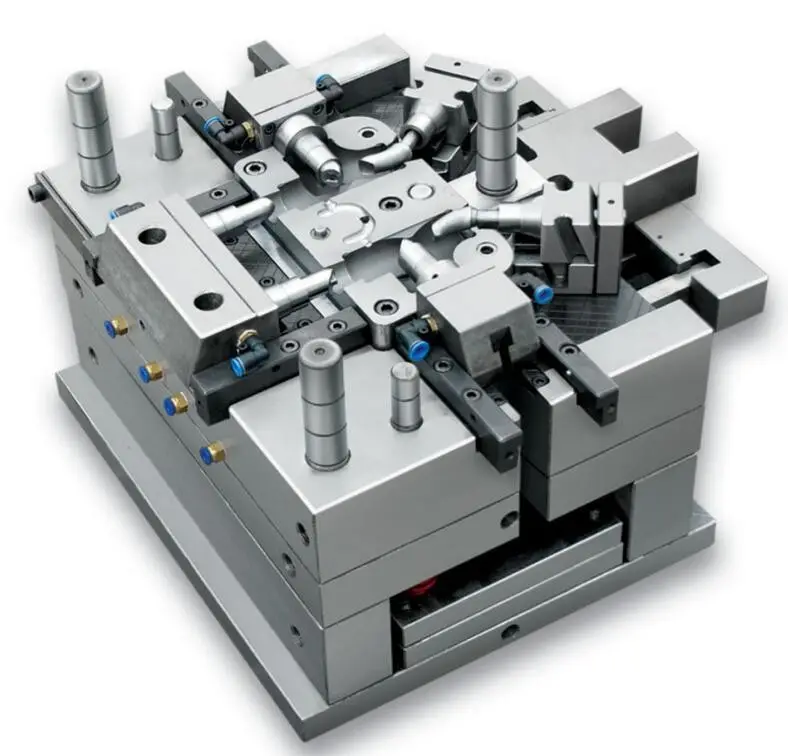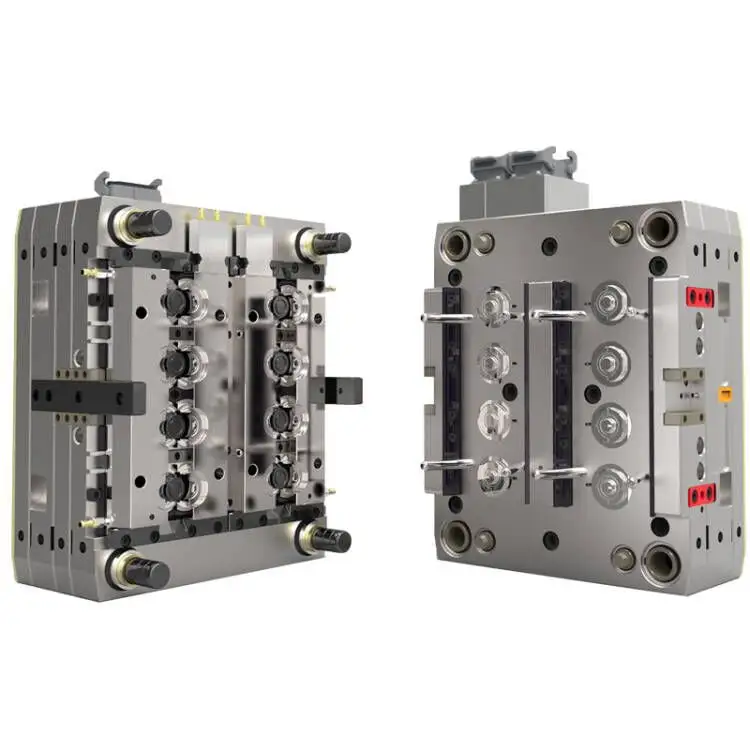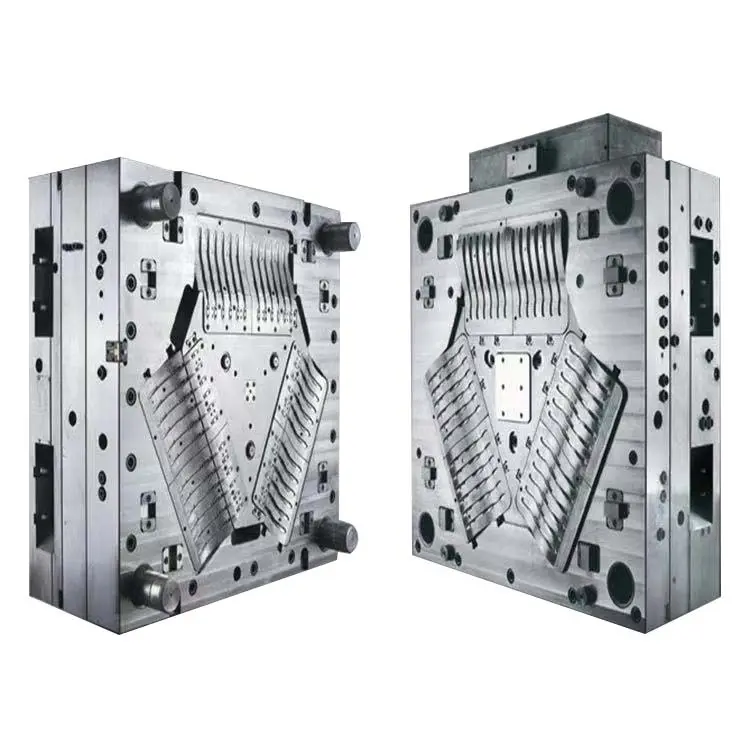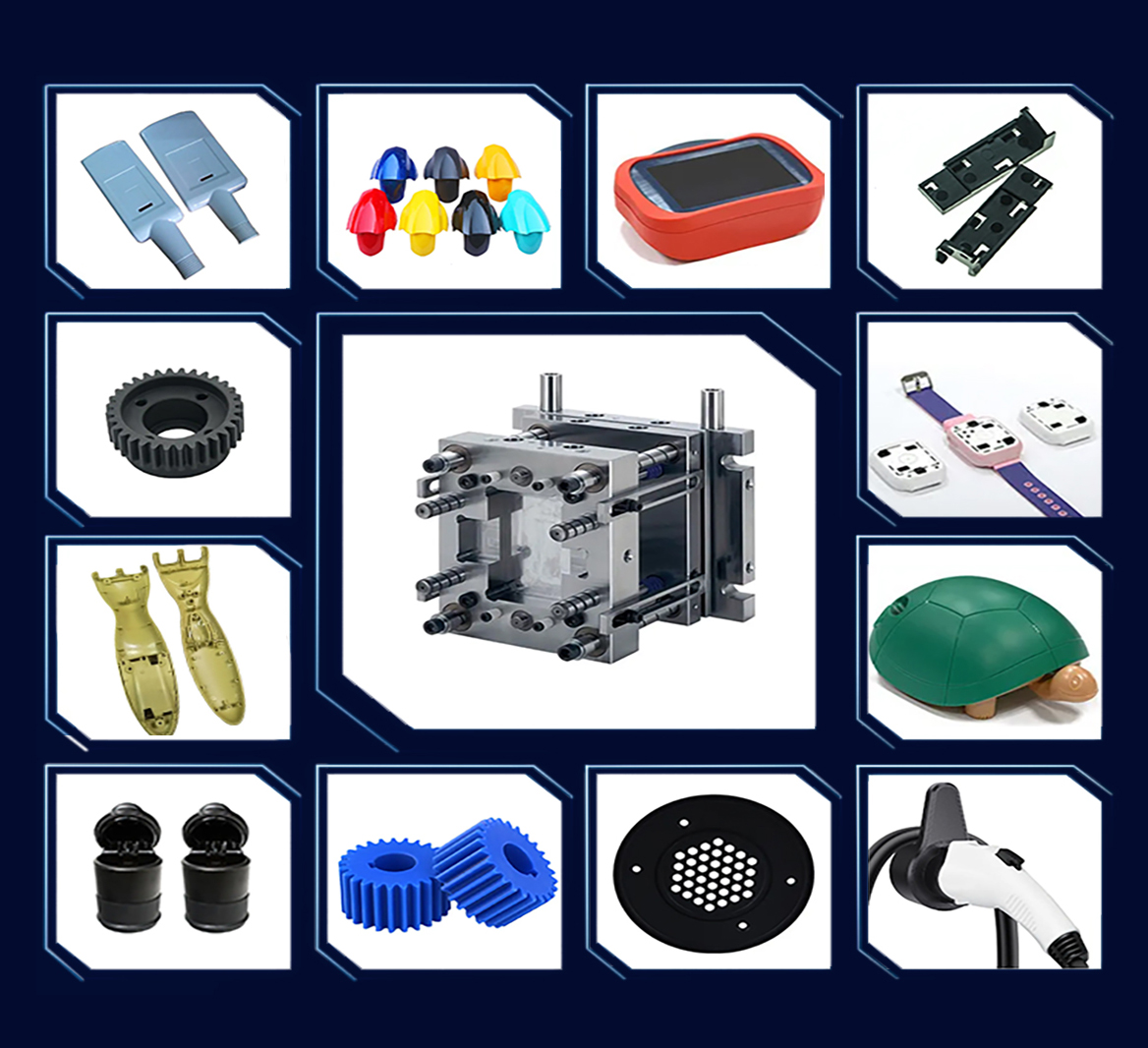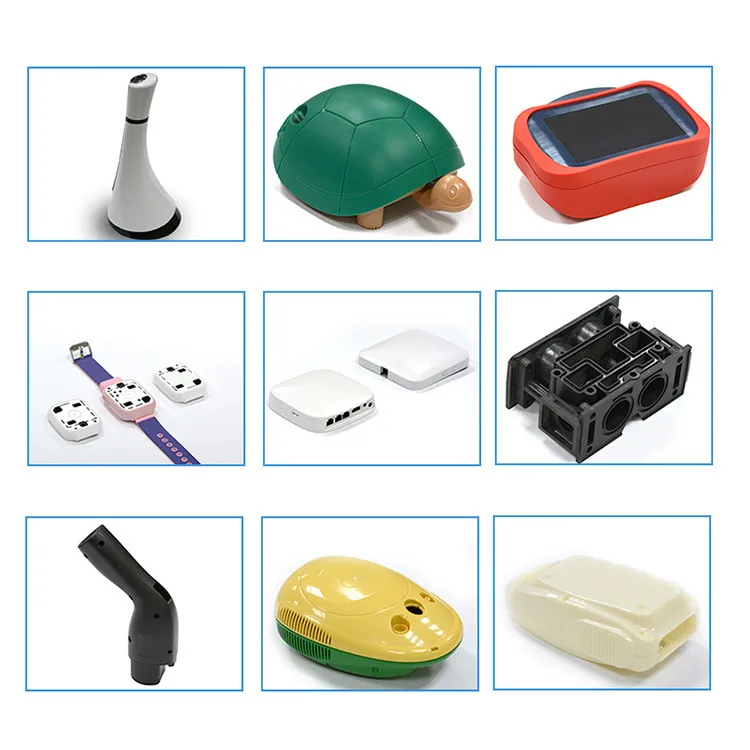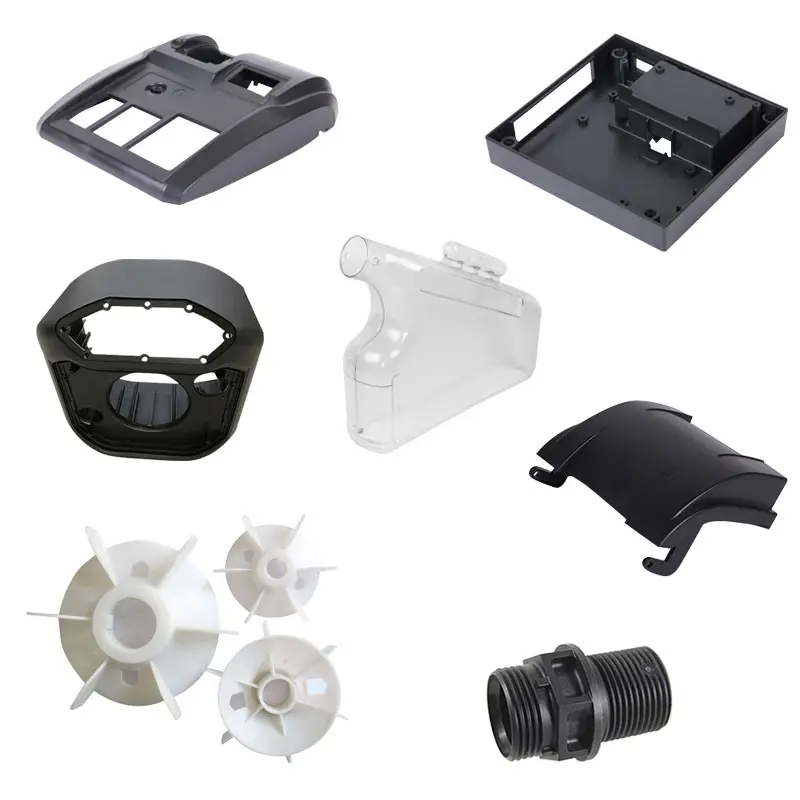At Elite, we specialize in delivering high-quality solutions for all your manufacturing needs, including plastic mold, injection mold, and injection molding services. In this guide, we will explore the fascinating world of 3D printing, detailing its processes, applications, and how it complements traditional manufacturing techniques like injection molding.
Part I. Introduction to 3D Printing
3D printing, also known as additive manufacturing, is a process of creating three-dimensional objects from a digital file. Unlike traditional manufacturing methods that involve subtracting material from a solid block, 3D printing builds objects layer by layer. This revolutionary technology allows for the creation of complex geometries and custom designs that would be difficult or impossible to achieve with conventional methods.
Part II. How 3D Printing Works
Digital Design
The 3D printing process begins with a digital design created using Computer-Aided Design (CAD) software. This digital file serves as a blueprint for the 3D printer, detailing the exact dimensions and specifications of the object to be printed.
Seleção de materiais
A wide range of materials can be used in 3D printing, including plastics, metals, ceramics, and composites. The choice of material depends on the intended application and the desired properties of the final product.
Printing Process
The digital file is then sent to the 3D printer, which builds the object layer by layer. The printer deposits the chosen material in successive layers, each of which is fused or cured to form a solid structure. There are several 3D printing technologies, including Fused Deposition Modeling (FDM), Stereolithography (SLA), and Selective Laser Sintering (SLS), each with its unique advantages and applications.

Part III. Applications of 3D Printing
Prototyping
3D printing is widely used for rapid prototyping, allowing designers and engineers to quickly create and test prototypes. This accelerates the product development process and enables iterative design, where multiple versions of a prototype can be produced and refined.
Custom Parts and Products
The ability to create custom designs makes 3D printing ideal for producing personalized products, custom medical implants, and bespoke industrial parts. This flexibility is particularly valuable in fields such as healthcare, aerospace, and automotive industries.
Complex Geometries
3D printing excels at producing complex geometries that are challenging or impossible to achieve with traditional manufacturing methods. This capability opens up new possibilities for innovative product designs and advanced engineering solutions.
Part IV. 3D Printing vs. Injection Molding
Production Volume
Material Properties
- 3D Printing: Best suited for low-volume production and custom parts. It allows for quick turnaround times and easy modification of designs without the need for expensive tooling.
- Injection Molding: Ideal for high-volume production. Once the injection mold is created, the process allows for the rapid production of large quantities of parts with consistent quality.
- 3D Printing: Offers a wide range of materials, but the mechanical properties of 3D printed parts may not match those produced by injection molding. Printed parts may have lower strength and durability.
- Injection Molding: Produces parts with superior mechanical properties, making it suitable for applications requiring high strength, durability, and precision.
Cost Considerations
- 3D Printing: Lower initial costs as it does not require molds. However, the cost per part can be higher compared to injection molding, especially for large production runs.
- Injection Molding: Higher upfront costs due to the need for mold creation. However, the cost per part decreases significantly with higher production volumes, making it cost-effective for mass production.

Part V. Integrating 3D Printing and Injection Molding at Elite
At Elite, we recognize the unique advantages of both 3D printing and injection molding. By integrating these technologies, we offer comprehensive manufacturing solutions that cater to diverse needs:
- Rapid Prototyping: Use 3D printing for quick prototype development and design iterations.
- Tooling and Mold Making: Create precise injection molds using advanced machining techniques.
- Mass Production: Utilize injection molding for high-volume production of plastic parts with consistent quality.
Conclusion
3D printing is a powerful technology that complements traditional manufacturing methods like injection molding. As a leading mold maker and plastic mold supplier, Elite leverages the strengths of both technologies to provide innovative and cost-effective solutions for our clients. Whether you need rapid prototyping, custom parts, or high-volume production, Elite is your trusted partner in manufacturing excellence.
Contato Elite today to learn more about our 3D printing and injection molding services and how we can help you achieve your production goals.

